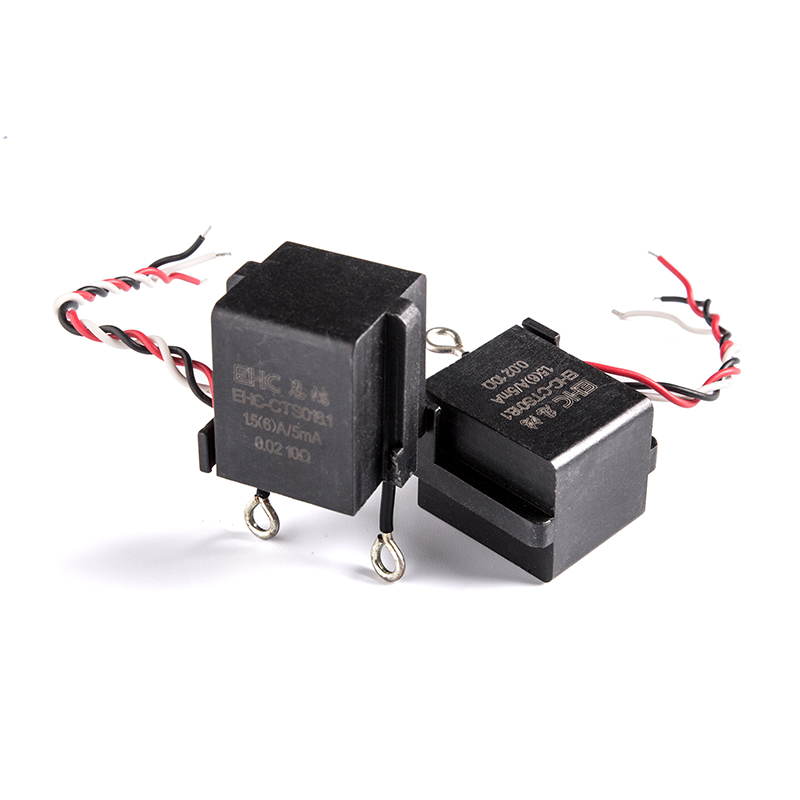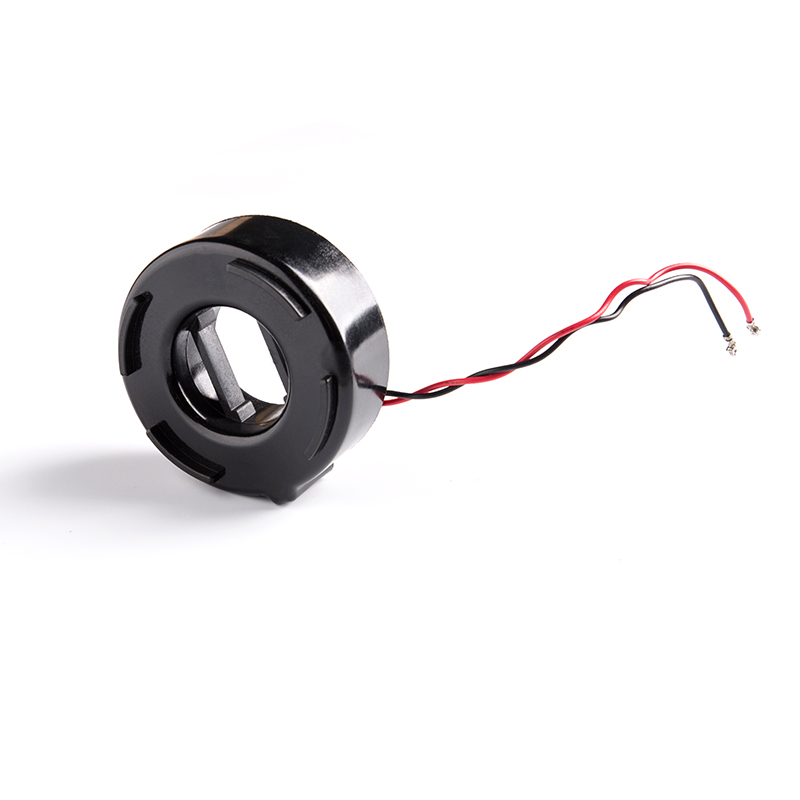Current transformer (CT) technology continues to evolve, driven by the demand for enhanced performance, reliability, and efficiency in electrical systems. Recent advancements in CT design and manufacturing have led to innovations that offer improved accuracy, extended operating ranges, and enhanced safety features, thereby addressing the evolving needs of various industries.
One notable advancement in current transformer technology is the development of digital CTs, which integrate digital signal processing capabilities into traditional CT designs. Digital CTs offer several advantages over conventional analog CTs, including higher accuracy, faster response times, and enhanced flexibility in data acquisition and communication. By digitizing current measurements directly at the source, digital CTs eliminate the need for additional analog-to-digital conversion hardware, reducing complexity and improving overall system performance.
Another area of innovation in current transformer technology is the use of advanced materials and construction techniques to enhance accuracy and reliability. High-precision machining and manufacturing processes enable the production of CTs with tighter tolerances and improved consistency, resulting in more accurate current measurements across a wide range of operating conditions. Additionally, the use of modern materials such as amorphous metal cores and advanced insulation materials helps minimize losses and improve efficiency in CT operation.
Furthermore, advancements in sensor technology have led to the development of miniature and lightweight current transformers with reduced footprint and increased portability. These compact CTs offer the same level of performance as their larger counterparts while providing greater flexibility in installation and integration into space-constrained environments. Miniature CTs find applications in various industries, including renewable energy, automotive, and portable instrumentation, where size and weight considerations are paramount.
Moreover, advancements in communication and networking technologies have enabled the integration of current transformers into smart grid systems for real-time monitoring and control of electrical networks. Smart CTs equipped with wireless communication interfaces enable remote data acquisition and monitoring, allowing utilities to optimize grid performance, detect faults, and respond to dynamic load conditions more effectively. By leveraging the capabilities of digital communication protocols such as IEC 61850, smart CTs facilitate seamless integration with existing supervisory control and data acquisition (SCADA) systems, enabling comprehensive grid management and automation.
Advancements in Current Transformer Technology: Enhancing Efficiency and Accuracy
Recommended Products
-
 View More >>
View More >>
Non-Toroidal C-Type Cut Amorphous Nanocrystalline Cores
Industry: Amorphous Nanocrystalline Core
-
 View More >>
View More >>
EHC-VCT Series for Power supply
Industry: Current Transformer
-
 View More >>
View More >>
Transformers Cores Amorphous Nanocrystalline Cores
Industry: Amorphous Nanocrystalline Core
-
 View More >>
View More >>
Amorphous Nanocrystalline Inductor Cores
Industry: Amorphous Nanocrystalline Core
-
 View More >>
View More >>
CTS Series Terminal High Precision Amorphous Nanocrystalline Current Transformers
Industry: Current Transformer
-
 View More >>
View More >>
Rectangular hysteresis loop Cores
Industry: Amorphous Nanocrystalline Core
-
 View More >>
View More >>
High Linear Current Transformers
Industry: Current Transformer
-
 View More >>
View More >>
Common Mode Choke Amorphous Nanocrystalline Inductors
Industry: Amorphous Nanocrystalline Inductors

 English
English 中文简体
中文简体 Deutsch
Deutsch 日本語
日本語

